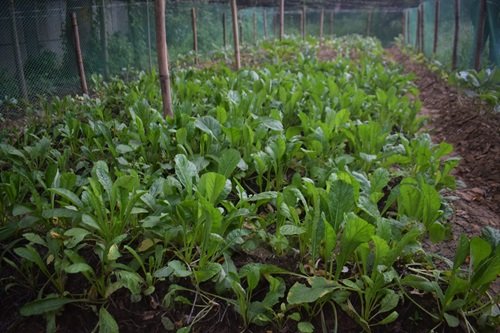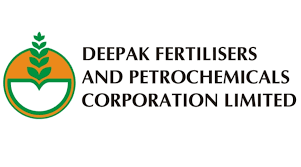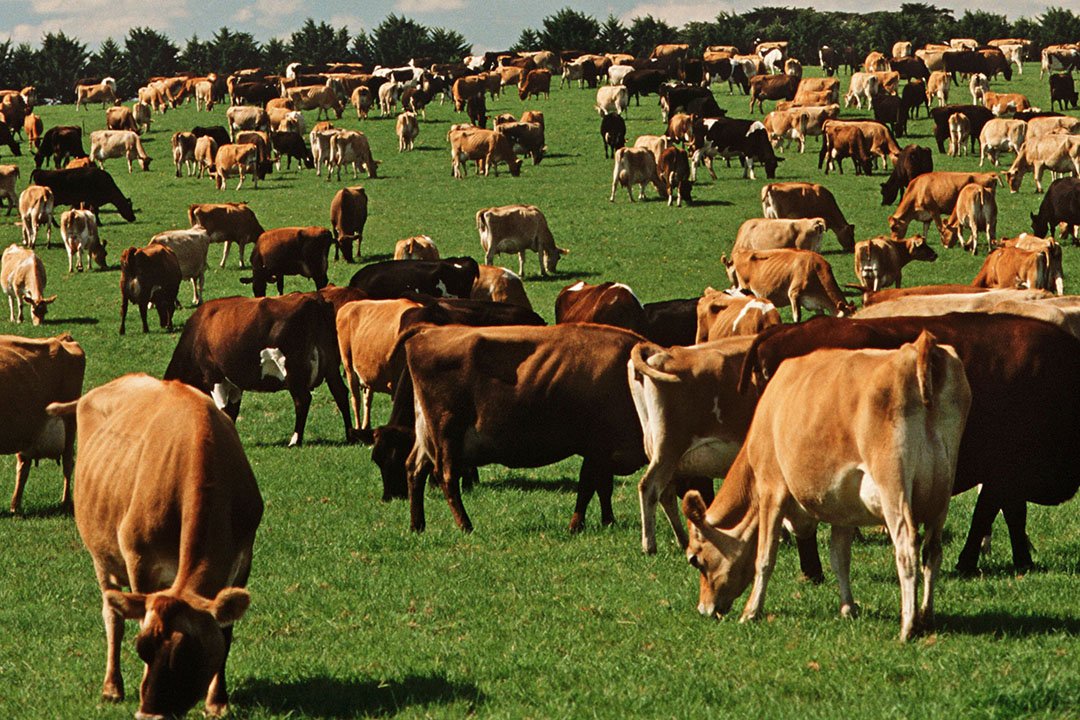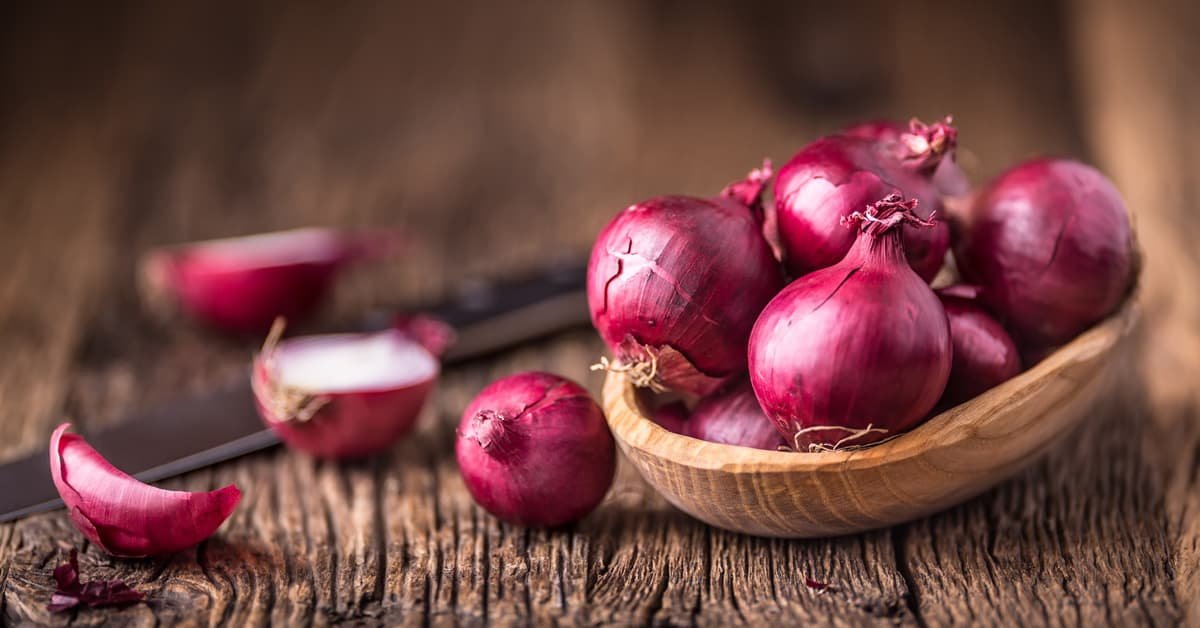FAHD hosts Investors’ Meet 2024- ‘Investment Opportunities in Fisheries and Aquaculture sector of A&N Islands’
The Department of Fisheries under PMMSY, launched the developing of a Tuna Cluster in the Andaman & Nicobar Islands, focusing on investment in infrastructure, investor partnerships, training, and capacity-building to strengthen operations and boost global competitiveness in tuna fisheries.
The Department of Fisheries, Ministry of Fisheries, Animal husbandry & Dairying Organized the Investors Meet 2024: Investment Opportunities in Fisheries and Aquaculture sector of Andaman & Nicobar Islands on 14th November 2024 at Swaraj Dweep, Andaman & Nicobar Islands in the gracious presence of Union Minister of Fisheries, Animal Husbandry & Dairying (MoFAH&D) and Ministry of Panchayati Raj Rajiv Ranjan Singh, Lieutenant Governor of Andaman & Nicobar Islands, Admiral D K Joshi, Minister of State for MoFAH&D and Ministry of Panchayati Raj, Prof. S.P. Singh Baghel, Minister of State for MoFAH&D and Ministry of Minority Affairs George Kurian, Department of Fisheries, MoFAH&D Secretary, and Chief Secretary of Andaman & Nicobar Islands.
Investors from various parts of the country specializing in technologies related to Tuna Fishing and Seaweed also participated in the event. In this context, The Department of Fisheries, GoI, under PMMSY, launched the developing of a Tuna Cluster in the Andaman & Nicobar Islands, focusing on investment in infrastructure, investor partnerships, training, and capacity-building to strengthen operations and boost global competitiveness in tuna fisheries.
The global tuna industry, valued at over $40 billion annually, plays a major role in the blue economy. The Andaman & Nicobar Islands represent a prime opportunity for this sector, with a vast 6 lakh square km Exclusive Economic Zone rich in high-value tuna species and an untapped oceanic potential of 60,000 metric tons. This includes 24,000 metric tons for Yellowfin and 2,000 metric tons for Skipjack, while current harvests stand at just 4,420 metric tons, leaving ample room for expansion. Strategically located near Southeast Asia, the islands offer efficient trade routes by sea and air, ideally positioning India to expand its tuna export capabilities.
Union Minister Rajiv Ranjan Singh, envisioned the Andaman and Nicobar Islands as a future hub for fisheries exports, noting that the government is also working to strengthen trade with Southeast Asian countries. Additionally, he outlined efforts to promote deep-sea fishing and develop post-harvest processing facilities to help achieve the export target of Rs1 lakh crore. The Union Minister emphasised on creating modern fishing infrastructure in A&N for sustainably utilising huge untapped resources of this region.
The Lieutenant Governor of Andaman & Nicobar Islands, Admiral D.K. Joshi, addressed key challenges facing the fisheries sector in the region, including logistical issues due to limited connectivity with Southeast Asia, delays in trade clearances caused by the absence of MPEDA and EIC offices (with Chennai being the nearest office), and the need for improved transport infrastructure. To address these challenges, a direct flight connecting the Andaman & Nicobar Islands with Southeast Asia though Kuala Lumpur, Indonesia, will be inaugurated on 16th November 2024, enabling the trade connectivity. First export consignment may be sent via the return flight. Additionally, for seafood exports promotion from Andaman and Nicobar Islands, the MPEDA and EIC have established desk offices at Port Blair enhancing the efficiency of trade clearances and facilitating smoother operations.
The Department of Fisheries under PMMSY, launched














